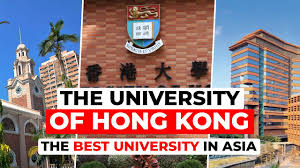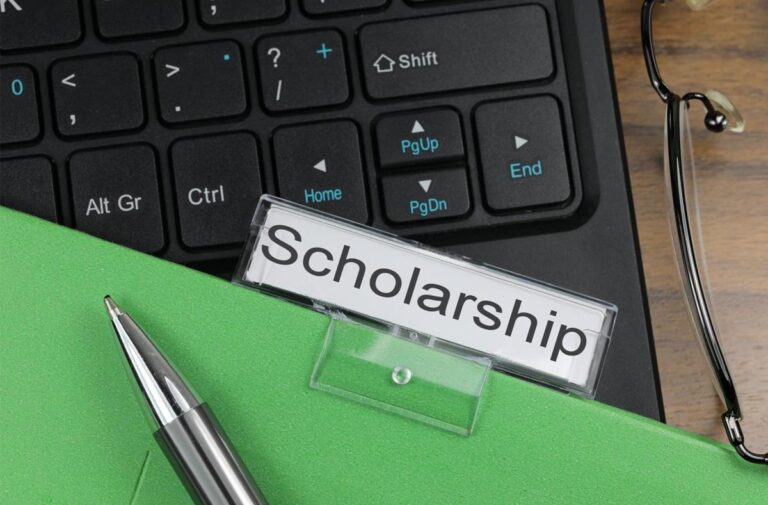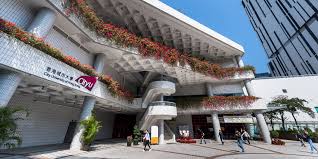
Bacteria living on surfaces are often confined to droplets. When these droplets evaporate, the motion of the liquid-air interface and the associated internal capillary flow confine the bacteria. Within this project we will unravel how interfacial flows control the distribution of biological soft matter and, vice versa, how small organisms such as bacteria may exploit these flows to manipulate their dispersal or assembly.
Interfacial flows in evaporating liquid droplets can form remarkably rich and complex deposition patterns of suspended microparticles. The topography of the microscopic pattern that emerges is the result of a complex interplay between the flows that arise inside the liquid, for example due to droplet evaporation, the motion of the liquid-air interface, the suspension rheology, and the properties of the solutes. E. coli bacteria are self-propelled organisms that actively navigate their environment and that, already in bulk fluids, show complex emergent behaviour via hydrodynamic interactions between the individual swimmers.
.png)
In this Postdoc project you will study how motile E. coli bacteria interact with the capillary confinement imposed by an evaporating droplet and investigate active bacterial pattern formation in droplets.
Preliminary experiments (see e.g. Figure 1) have shown that bacteria can exploit and even overcome interfacial flows to promote their own dispersal through, e.g., collective motion and surfactant secretion. Within the project we will identify, within the vast parameter space, the few key control parameters governing the self-assembly of E. coli under the influence of interfacial flow and determine the physical mechanisms that govern the pattern formation. To this end, you will perform experiments with E. coli as well as theoretical and/or numerical modelling. The identification of the physical mechanisms at play will present a big step forward in fundamental physics, with a strong application perspective in biology.
Embedding of the project
The project will be carried out in the team of Prof.dr. Hanneke Gelderblom, assistant professor in the Fluids and Flows group at the department of Applied Physics, and Prof.dr. Alexander Morozov, full professor of Fluid Mechanics at the University of Edinburgh and parttime professor in the Fluids and Flows group in Eindhoven. The PhD project will be embedded within the Department of Applied Physics and the Institute of Complex Molecular Systems (ICMS) at Eindhoven University. Within the project you will closely collaborate with researchers Prof. Morozov’s group in Edinburgh, and with the team of Dr. Remy Colin, our collaborator at the Max Planck Institute for Terrestrial Microbiology in Marburg (Germany). You will also contribute to education in the Eindhoven Applied Physics department. Apart from supervising BSc and MSc students in their research projects, other assistance in education, e.g. in bachelor courses, is usually limited to about 5% of your contract time.
Job requirements
- PhD in fluid, soft matter, or biophysics research
- Ability to conduct high quality academic research, reflected in demonstratable outputs
- Experience in experimental physics
- Affinity with theoretical/numerical modelling
- Self-driven and creative researcher
- Excellent (written and verbal) proficiency in English
Conditions of employment
A meaningful job in a dynamic and ambitious university, in an interdisciplinary setting and within an international network. You will work on a beautiful, green campus within walking distance of the central train station. In addition, we offer you:
- Full-time employment for 2 years.
- Salary in accordance with the Collective Labour Agreement for Dutch Universities, scale 10 (min. €4.060,-max. € 5.331,-).
- A year-end bonus of 8.3% and annual vacation pay of 8%.
- High-quality training programs on general skills, didactics and topics related to research and valorization.
- An excellent technical infrastructure, on-campus children’s day care and sports facilities.
- Partially paid parental leave and an allowance for commuting, working from home and internet costs.
- A TU/e Postdoc Association that helps you to build a stronger and broader academic and personal network, and offers tailored support, training and workshops.
- A Staff Immigration Team is available for international candidates, as are a tax compensation scheme (the 30% facility) and a compensation for moving expenses.
Information and application
Eindhoven University of Technology is an internationally top-ranking university in the Netherlands that combines scientific curiosity with a hands-on attitude. Our spirit of collaboration translates into an open culture and a top-five position in collaborating with advanced industries. Fundamental knowledge enables us to design solutions for the highly complex problems of today and tomorrow. The TU/e department of Applied Physics is a strong research department with expertise and facilities in the fields of fluid-, bio- and soft matter physics.
Prof. dr. Hanneke Gelderblom is Assistant Professor of Interfacial Flows in the Fluids and Flows group in the department of Applied Physics at TU/e. Her team focuses on capillary flow phenomena in liquids containing biological or living matter.
Prof. dr. Alexander Morozov holds the Personal Chair of Fluid Mechanics and is currently the Head of the Institute for Condensed Matter and Complex Systems at the University of Edinburgh, UK. His current research interests focus on understanding of the large-scale collective motion in active matter and flow instabilities in complex fluids.
Information
Do you recognize yourself in this profile and would you like to know more?
Please contact Prof. dr. Hanneke Gelderblom, h.gelderblom@tue.nl.
Visit our website for more information about the application process or the conditions of employment.
Are you inspired and would like to know more about working at TU/e? Please visit our career page.
Application
We invite you to submit a complete application using the apply-button. The application should include a:
- Cover letter in which you describe your motivation and qualifications for the position.
- Curriculum vitae, including a list of your publications and the contact information of three references.
- List of three self-selected ‘best publications’ and a brief explanation of your choice.
We look forward to receiving your application and will screen it as soon as possible. The vacancy will remain open until the position is filled.




